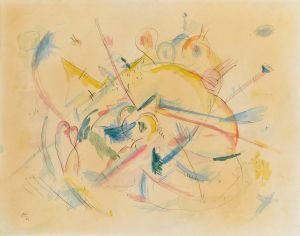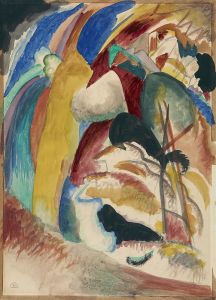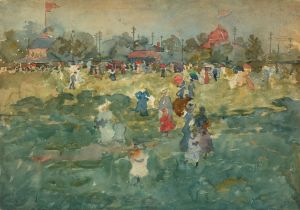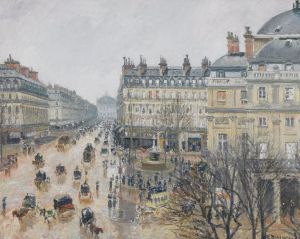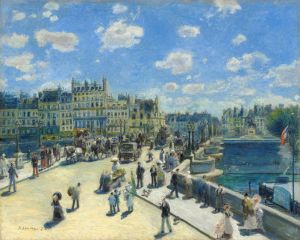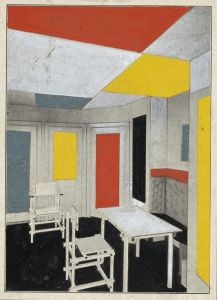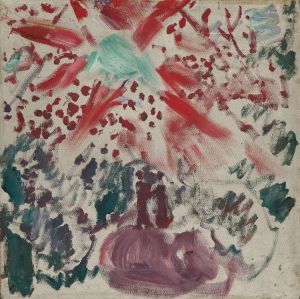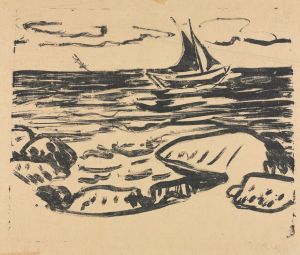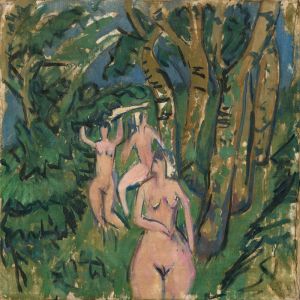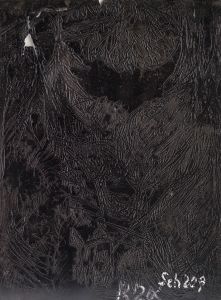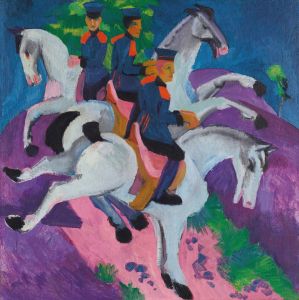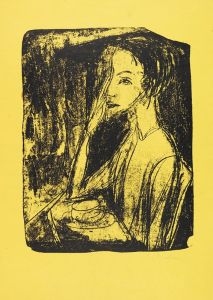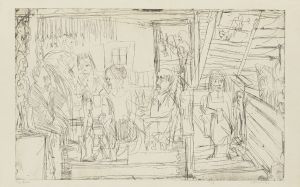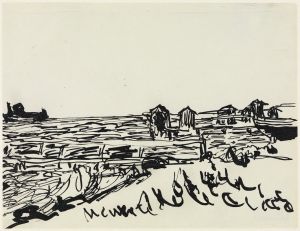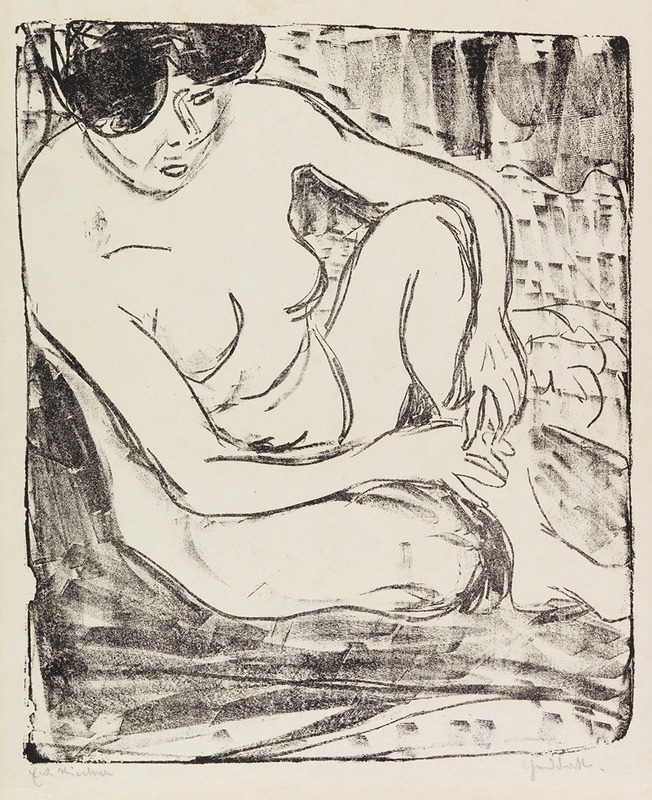
Aktstudie
A hand-painted replica of Ernst Ludwig Kirchner’s masterpiece Aktstudie, meticulously crafted by professional artists to capture the true essence of the original. Each piece is created with museum-quality canvas and rare mineral pigments, carefully painted by experienced artists with delicate brushstrokes and rich, layered colors to perfectly recreate the texture of the original artwork. Unlike machine-printed reproductions, this hand-painted version brings the painting to life, infused with the artist’s emotions and skill in every stroke. Whether for personal collection or home decoration, it instantly elevates the artistic atmosphere of any space.
Ernst Ludwig Kirchner was a prominent German expressionist painter and one of the founding members of the influential art group Die Brücke, which played a crucial role in the development of modern art in the early 20th century. Kirchner's work is characterized by its bold use of color, dynamic compositions, and a focus on the human figure, often exploring themes of modernity and the human condition.
"Aktstudie" is one of Kirchner's notable works, reflecting his interest in the human form and his distinctive expressionist style. The title "Aktstudie" translates to "Nude Study" in English, indicating that the painting is a study of the nude human figure, a subject that Kirchner frequently explored throughout his career. His approach to the nude was often unconventional, emphasizing emotional expression over anatomical accuracy.
Kirchner's nudes are known for their vibrant colors and energetic brushwork, which convey a sense of movement and vitality. In "Aktstudie," these elements are likely present, as they are hallmarks of his style. The painting would typically feature elongated forms and exaggerated poses, reflecting Kirchner's interest in capturing the psychological essence of his subjects rather than a realistic depiction.
The context of Kirchner's work is essential to understanding "Aktstudie." During the early 20th century, artists were increasingly interested in breaking away from traditional artistic conventions. Kirchner and his contemporaries sought to express the anxieties and dynamism of modern life, often through distorted forms and vivid colors. This approach was influenced by various sources, including African and Oceanic art, which Kirchner admired for its perceived authenticity and emotional directness.
Kirchner's work, including "Aktstudie," was also shaped by his personal experiences and the cultural environment of his time. The early 1900s were a period of rapid social and technological change, and artists like Kirchner were responding to these shifts. His nudes can be seen as a commentary on the changing roles and perceptions of the body in modern society.
The impact of World War I and Kirchner's subsequent struggles with mental health also influenced his art. After serving in the war, Kirchner experienced a breakdown and spent time in sanatoriums, where he continued to paint. His later works often reflect a darker, more introspective tone, though they retain the expressive qualities that define his earlier pieces.
Kirchner's contribution to art was significant, and his works, including "Aktstudie," continue to be studied and appreciated for their innovative approach and emotional depth. His exploration of the human figure and his ability to convey complex psychological states through color and form have left a lasting legacy in the world of modern art.
While specific details about "Aktstudie" may not be extensively documented, it is representative of Kirchner's broader oeuvre and his impact on the expressionist movement. His work remains influential, and his exploration of the human condition through art continues to resonate with audiences today.





